After reading about Kamut®, the trademarked, giant, high-energy, ancient khorosan wheat from Egypt (maybe even found in a pharoah’s tomb,) I just had to try it. I found a bag in the packaged bulk grain aisle at my local organic grocery store. The grains looked like large golden rice, and the package said I would have to cook it for 2 hours.
Undaunted, I bought it and brought it home. Where it sat in the pantry for over a month. What was I to do with it? So I started digging, and found there are quite a few recipes available – who knew? This hearty dish, a riff on a recipe found at Whole Living.com, showcases the grain’s delicious taste and texture.
The health benefits of Kamut are many:
- High Protein – with a protein range of 12 – 18%, this grain is a good way to get more plant-based protein.
- Easier to Digest – Kamut has been found to be easier to digest than modern wheat (although individuals with true celiac’s disease should avoid it.)
- Antixodiant Power – Kamut has an unusually high selenium content, making it an excellent antioxidant.
- “High-Energy” – Kamut has a higher percentage of lipids than modern wheat, producing more energy in the body than carbohydrates.
- Always Organic/non-GMO – Khorosan wheat sold under the Kamut trademark is always organic.
So where exactly did this wheat come from? Turns out it was not found in a pharoah’s tomb, as that grain was ‘einkorn.’ But legends say it was the grain Noah brought with him on the ark. Perhaps it was.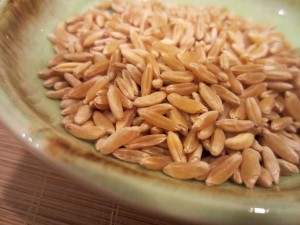
Recipe:
1/2 cup Kamut
Sea salt and freshly ground black pepper
1 butternut squash, peeled, seeded and cut into 3/4-inch cubes
olive oil
1 small leek, sliced
3 shallots, sliced
1/2 teaspoon mustard seeds
1/3 teaspoon curry powder
1/3 teaspoon ground cumin
Dash of cayenne pepper
1 tablespoon white wine vinegar
1/2 lemon, juiced
1/4 cup shopped parsley
1. Preheat the oven to 400 degrees.
2. Place kamut in a small sieve and rinse under cold water. Transfer to a medium saucepan and add 1-1/2 cups water. Add 1/4 teaspoon coarse sea salt. Bring to a boil, reduce heat, cover with a lid and simmer for 2 hours until tender. Drain and transfer to a bowl.
3. While the kamut is cooking, place the cubed butternut squash on a rimmed baking sheet. Drizzle with some olive oil and sprinkle with salt and pepper. Bake for 30 minutes.
4. Meanwhile, heat 2 tablespoons olive oil in a large saucepan over medium-low heat. Add the leek and shallots, season with salt and pepper. Saute gently for 15 minutes or until golden but not browned.
5. Increase heat to medium high and add the mustard seeds, curry powder, cumin and dash of cayenne. Cook and stir to bloom the spices, about one minute. Add the white wine vinegar and cook for 2 minutes more.
6. Remove from heat and add to the cooked kamut. Stir in the lemon juice, roasted squash and parsley. Check seasoning and add salt and pepper if needed. Toss well and serve warm or at room temperature.
Servings: Side-dish for 4, or a generous main course for 2





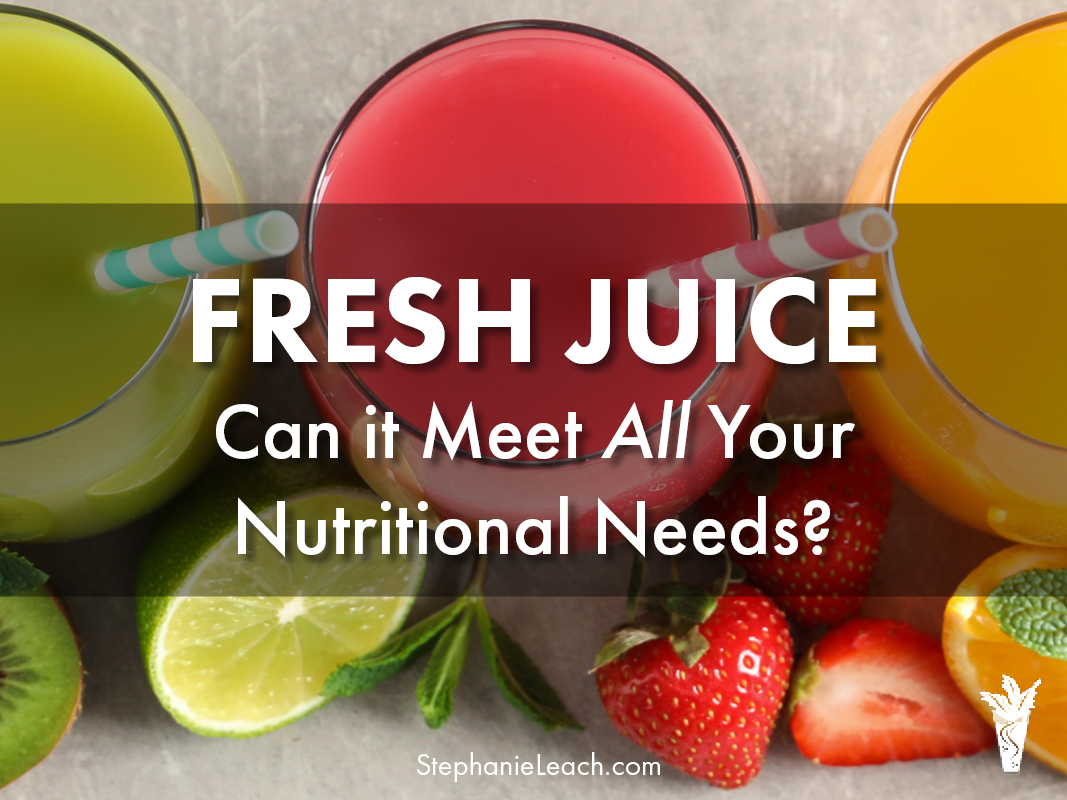
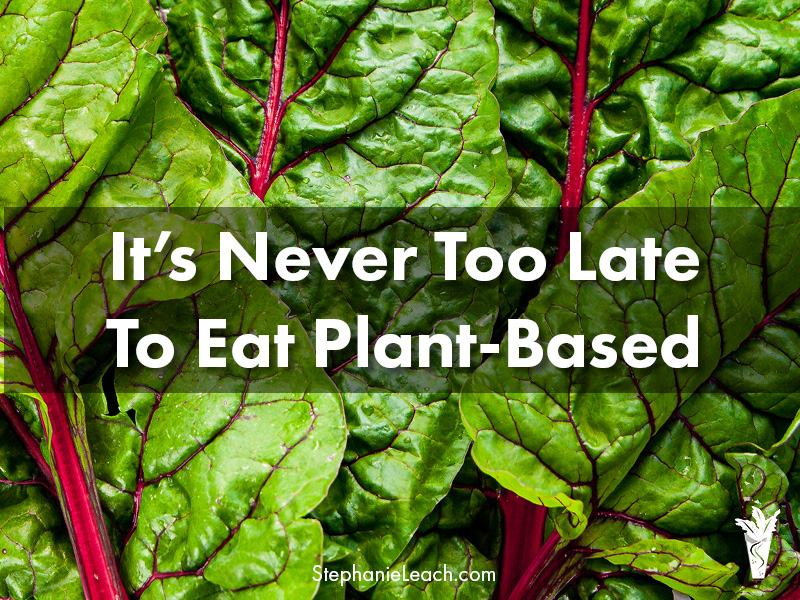
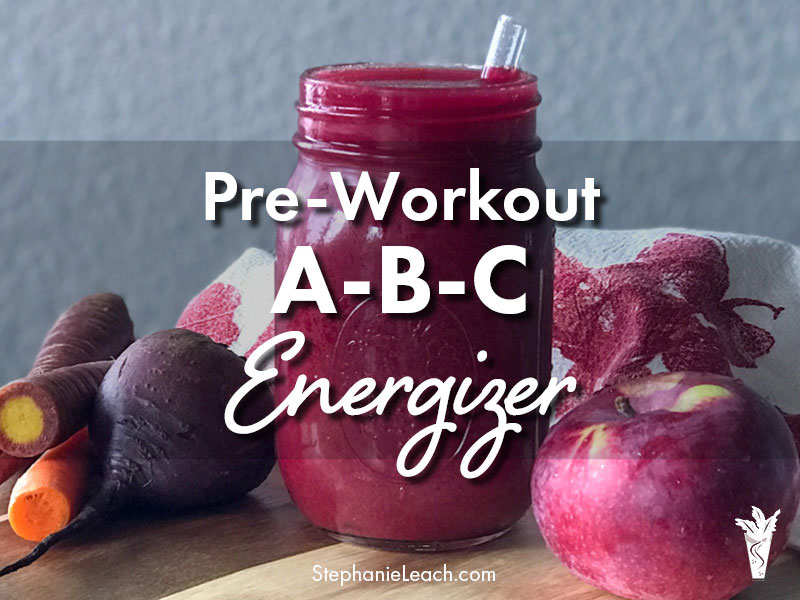
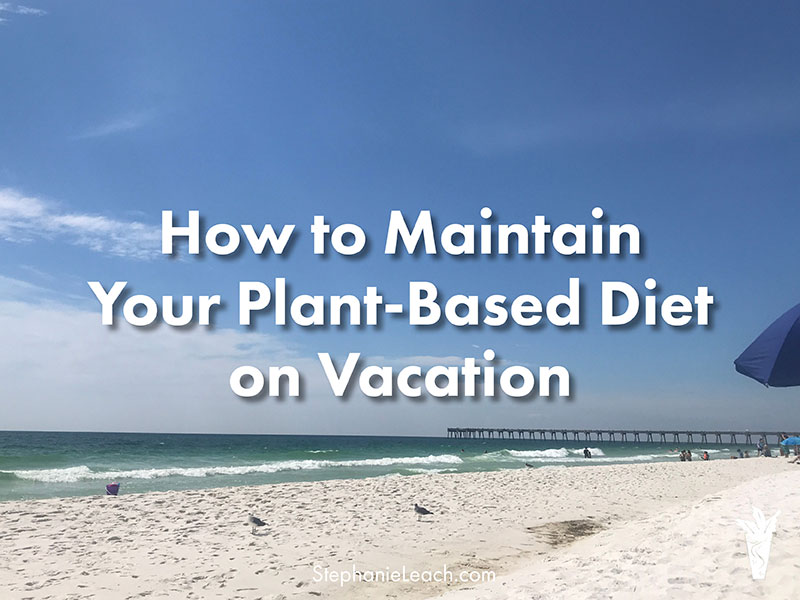
Leave A Comment